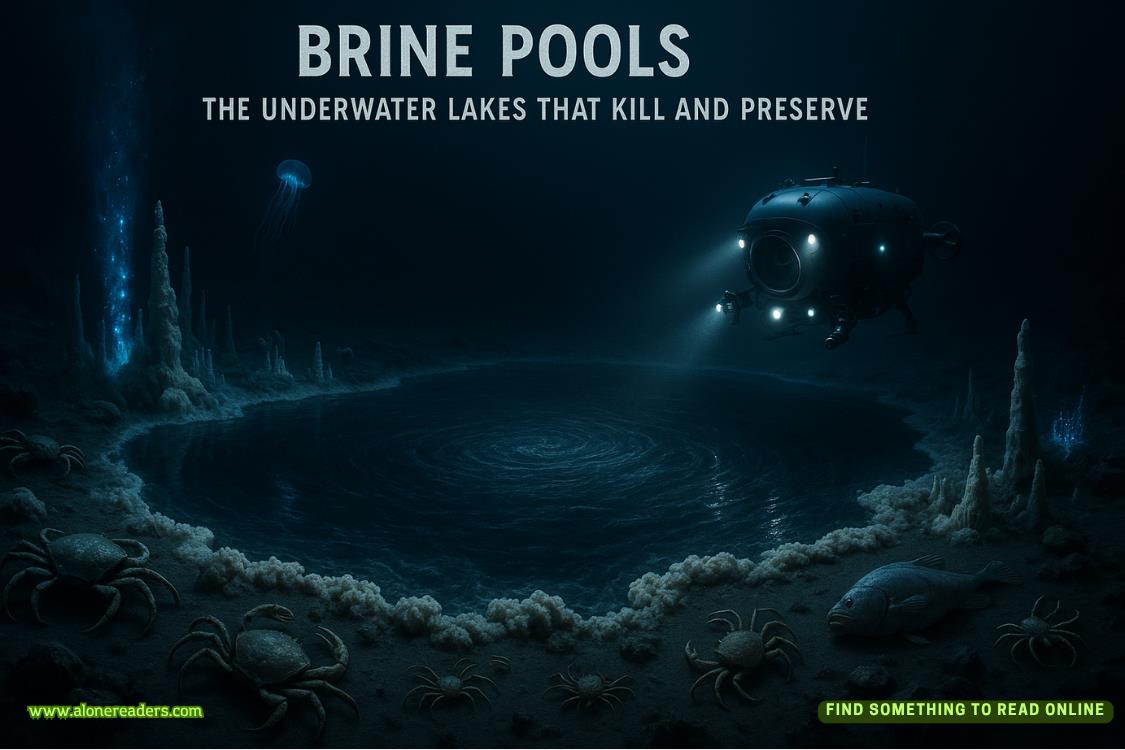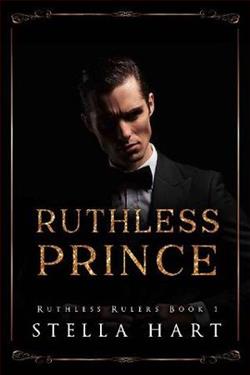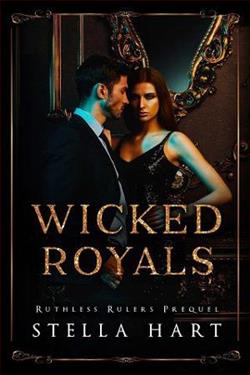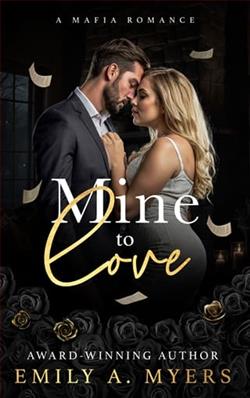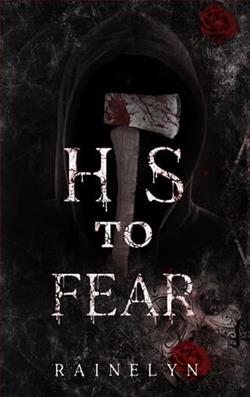Page 89 of X (Kinsey Millhone 24)
I returned to my car and made notes, although I noticed I was feeling sheepish. Chief Duncan had been polite, but she’d made it clear we weren’t going to sit around discussing old news. She didn’t know the case and wouldn’t speculate. If I’d thought about it, I’d have known how little encouragement I’d get. I rubber-banded the cards and returned them to my bag.
I checked the map for Burning Oaks High School and headed in that direction. I wondered if Pete Wolinsky had had better luck than I was having. For the first time in my life, I wished he were in the car with me. We could have compared notes or bounced around ideas about how to get what we were after. For all the corner-cutting he did, he was a wily old bastard and doubtless had a million clever tricks up his sleeve.
I parked on the street down the block from the high school and walked to the entrance, passing the football stadium, which was empty. There was a curious lack of activity, but it wasn’t until I reached the double doors and pushed that I realized the building was locked and dark. I stared, perplexed. Shit, this was Saturday. I backed up and scrutinized the facade, but there were no signs of life. Well, now what?
I returned to my car and circled back to the public library. I parked and went in. The prekindergartners were gone and the comfy chairs were filled with a different set of patrons. Most of the tables were now empty. Saturday afternoons were meant for movies, the local mall, and the park. I wasn’t sure what else small-town kids did these days.
I caught sight of Sandy Klemper showing a high-school-age student how to thread microfilm through a machine. She glanced up and smiled, raising a finger to let me know she’d seen me. I waited at the desk.
“Back again,” I said.
“I see that. Are you having any luck?”
“I was until I realized it was Saturday and the school’s locked up tight. You have copies of the yearbook?”
“The Clarion? We do,” she said. “Are you looking for classmates?”
I shook my head. “These kids were all ten years ahead of me.”
“What year did you graduate?”
“Nineteen sixty-seven, but not from here. I went to Santa Teresa High. The yearbooks I’m interested in are 1955 through ’57.”
Her expression shifted. “Why the sudden interest in Burning Oaks High School? I had a man in here a few months ago looking at the same years.”
“Pete Wolinsky. That was actually a year ago. He was a friend of mine.”
“I wasn’t sure what to make of him. He was nice; a bit weird-looking, but we ended up chatting for a long time. Did you know he was a detective?”
“I did. We trained together at the same agency.”
“Wow. Guess you could have quizzed him and saved yourself a trip.”
“I would have if I’d had the chance. He died. I’ve been asked to follow up on a case of his.”
“I’m sorry. I didn’t mean to be flippant.”
“No way you could have known.”
“Still, I shouldn’t have commented on his appearance. That was uncalled for.”
“He wouldn’t have taken offense,” I said. “You want to point me in the right direction? I can find the yearbooks on my own.”
“No need. I’ll round them up for you.”
“Thanks.”
I took a seat.
When she reappeared, the yearbooks she carried included 1954 and 1958 in addition to the three I’d asked for.
“Thanks. This is great.”
“Let me know if you need anything else.”
I started with the 1954 Clarion, looking for Lenore Redfern, who was nowhere to be found. There was no index to the photographs and references to individual students. I suppose with a sizable student body that would be too much to expect. I leafed through page by page, finding nothing until I finally realized ’54 was before her time. I found one photograph of her in the 1955 Clarion, her sophomore year, and one picture of her in the 1956 Clarion, her junior year, ages fifteen and sixteen, respectively. Amazing how quickly I felt myself transported. I’d been out of high school for roughly twenty years and even the idea of it was making my stomach hurt.
I knew my impression of Lenore was colored by what I knew of her history, truncated as it was, but certain characteristics seemed evident. She wasn’t smiling in either photo, which left her looking pale and insecure. Even in a one-inch-by-one-inch format, her posture was poor. She was too thin and her hairstyle was a miserable combination of bangs cut too short, a spit curl on either side of her forehead, and the remaining hair held back with bobby pins. She wore a white blouse with a small triangular scarf knotted at the collar. Same blouse, two different scarves. The photographs, of course, were in black and white, but even so, she looked pinched. It troubled me knowing the young Lenore had no idea she’d never reach the age of twenty-two.





